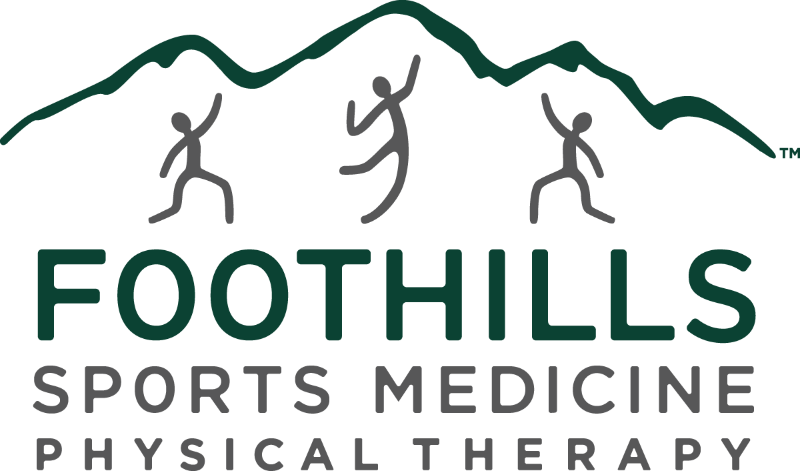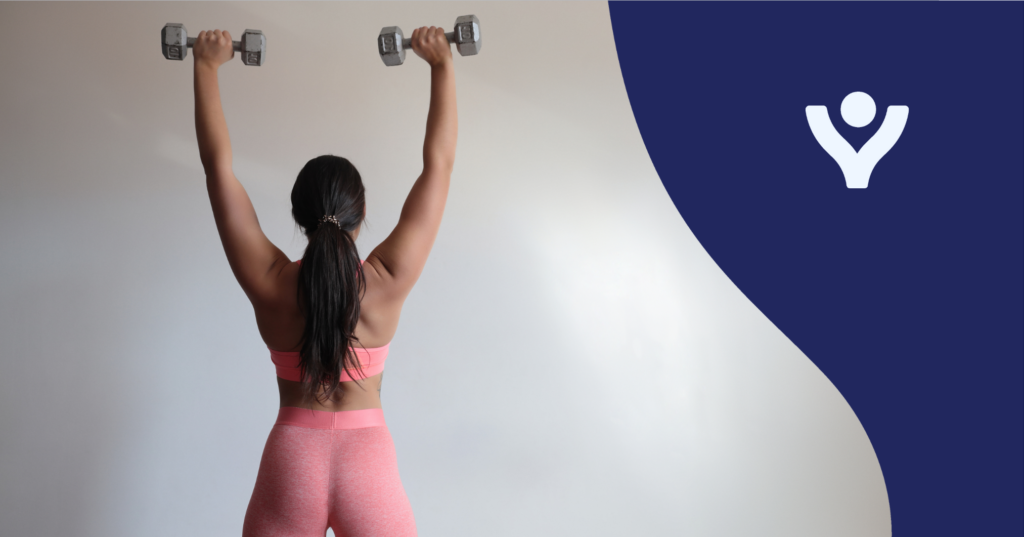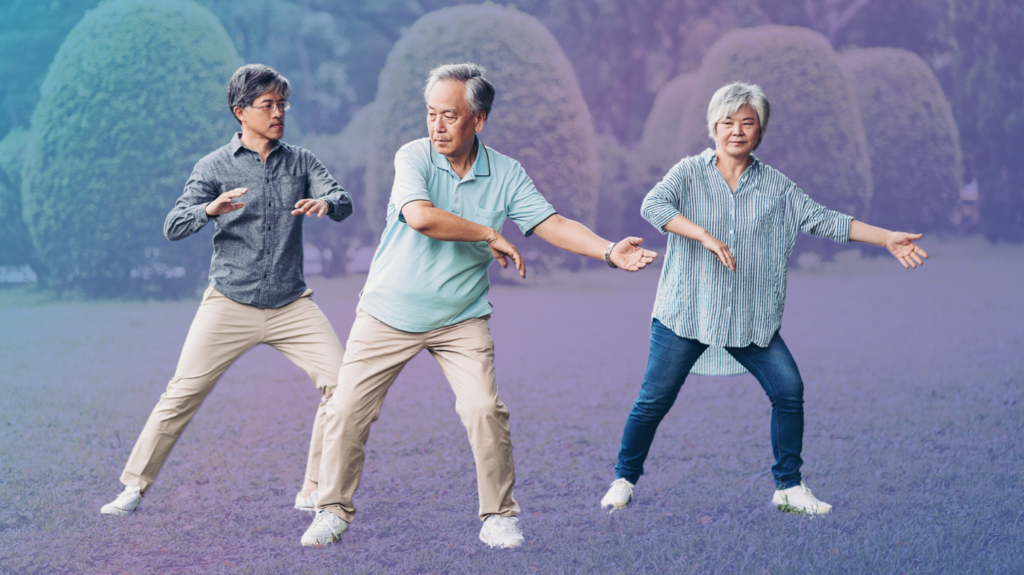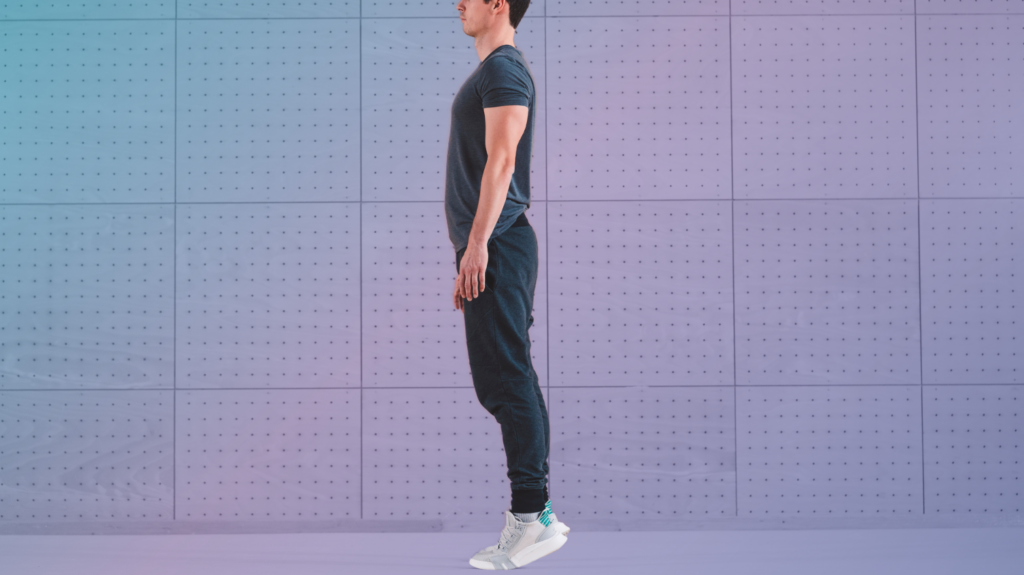Can virtual reality and dual tasking be part of your ACL rehabilitation? Yes, your ACL and other rehabs can incorporate virtual reality activities at all phases of the rehabilitation process as well as dual-task activities in order to be more successful.
Okay, here’s a couple of quick definitions:
- Virtual Reality Exercises: Doing any exercise with those cool VR glasses on that either makes your eyes see one thing in the glasses while you do something else or, has you follow a game while doing an exercise.
- Dual Tasking: You do an exercise while your brain is asked to do something else at the same time. For example, do a squat while you count backward by 5, name as many state capitals as possible, or have a ball thrown at you that you have to catch.
Injuries, such as ACL injuries often occur due to sensory-motor dysfunction.
We play sports in complex environments that have mental distractors that create great cognitive demand. Reviewing video analysis of ACL injuries there is a neuromuscular breakdown and a cognitive overload where the body is not able to adapt to the position and speed of loading. It becomes clear that there are pre-habilitation and rehabilitation programs that need to be better by increasing cognitive demand. We can even argue that by not increasing the cognitive demand with activity, we set patients up for failure. Once they are thrown back into a visually complex environment with their sport, they have not been trained to deal with it, and are therefore at risk for re-injury.
We realize that one of the growing areas of current and future research to improve our body’s function is cognitive research.
For years in rehabilitation after a major injury, many of the exercises that have been done in traditional rehabilitation are boring, and not mentally engaging. Recent research on brain activity during simple, learned exercise shows that once an exercise becomes easy, our brains pretty much turn off. There is some activity in the motor and visual areas of the brain, but very little. This results in ultimately less carry over to real-life activity. However, when the same simple task is done while in a virtual reality world or with dual tasking, the brain is firing all over the place. That motor activity is tied to a large amount of brain input and visual focus is taken off the injured limb, even as it continues to have to work to do the exercise. This improves what we call neuroplasticity, where we increase neural efficiency and increase neural support cells to help the body create improved neuromuscular programs with activities. Pretty cool, and kind of sounds like the real world and sport activity.
Even cooler is what was found when two groups of post-op anterior cruciate ligament reconstruction (ACL) patients were tested on their neuromuscular control (ability to control their knee, hip, and ankle as they squat) after a step-down task.
The group that trained with VR during the step-down task significantly improved their neuromuscular control relative to the non-VR group. In other words, by using virtual reality to engage more of their brain during exercise, when virtual reality was taken away and both groups did the same exercise, the group that engaged more of their brain during the rehabilitation exercise was more successful performing it after training. They had significantly improved more limb control than the non-VR group.
What does this tell us?
It shows us a patient’s brain gets bored doing a simple, unchallenging activity that only causes them to use the vision and motor centers of the brain. Virtual Reality or dual-tasking with exercise stimulates far more of the brain with even simple tasks that then make them more successful with complex, sport and life-like tasks. These results and the contribution of the brain to rehabilitation are seen in significant research by Grooms, Diekfuss, Lepley, Rausch, Kim, Monfort and many others when you explore the current literature.
This further shows us…
that in the rehabilitation of complex surgical cases like an anterior cruciate ligament reconstruction, the body craves neurological input to the new ACL and the surrounding muscles. That ACL needs all the help it can get from muscles that are actively engaged and from neuromuscular programs that are developed early in the rehabilitation process. This then can be carried over to later phases of rehabilitation when we are asking the athlete and patient to do dynamic activities such as their sport with balls and people flying around them, while still safely controlling what their knee is doing during the activity.
Take home!
Virtual reality integration with exercise can be implemented by a skilled practitioner in a comprehensive rehab program that is done safely at the right point of rehab. This can begin the first-week post-op in order to stimulate improvements in neuromuscular control over those not using VR with the same exercises.
Learn more and schedule a free pain assessment with a Foothills clinic near you to #GetYourMoveBack.




